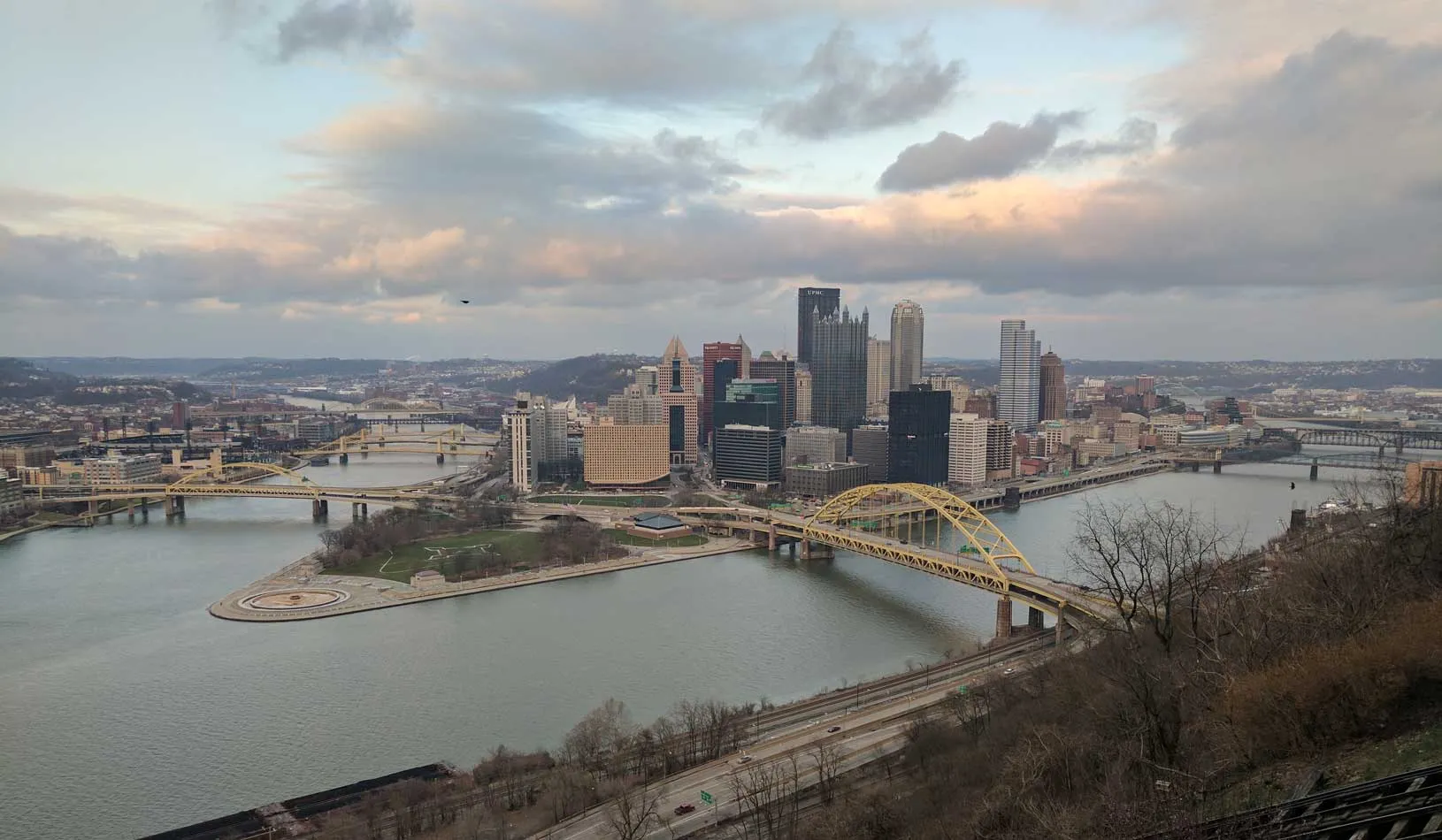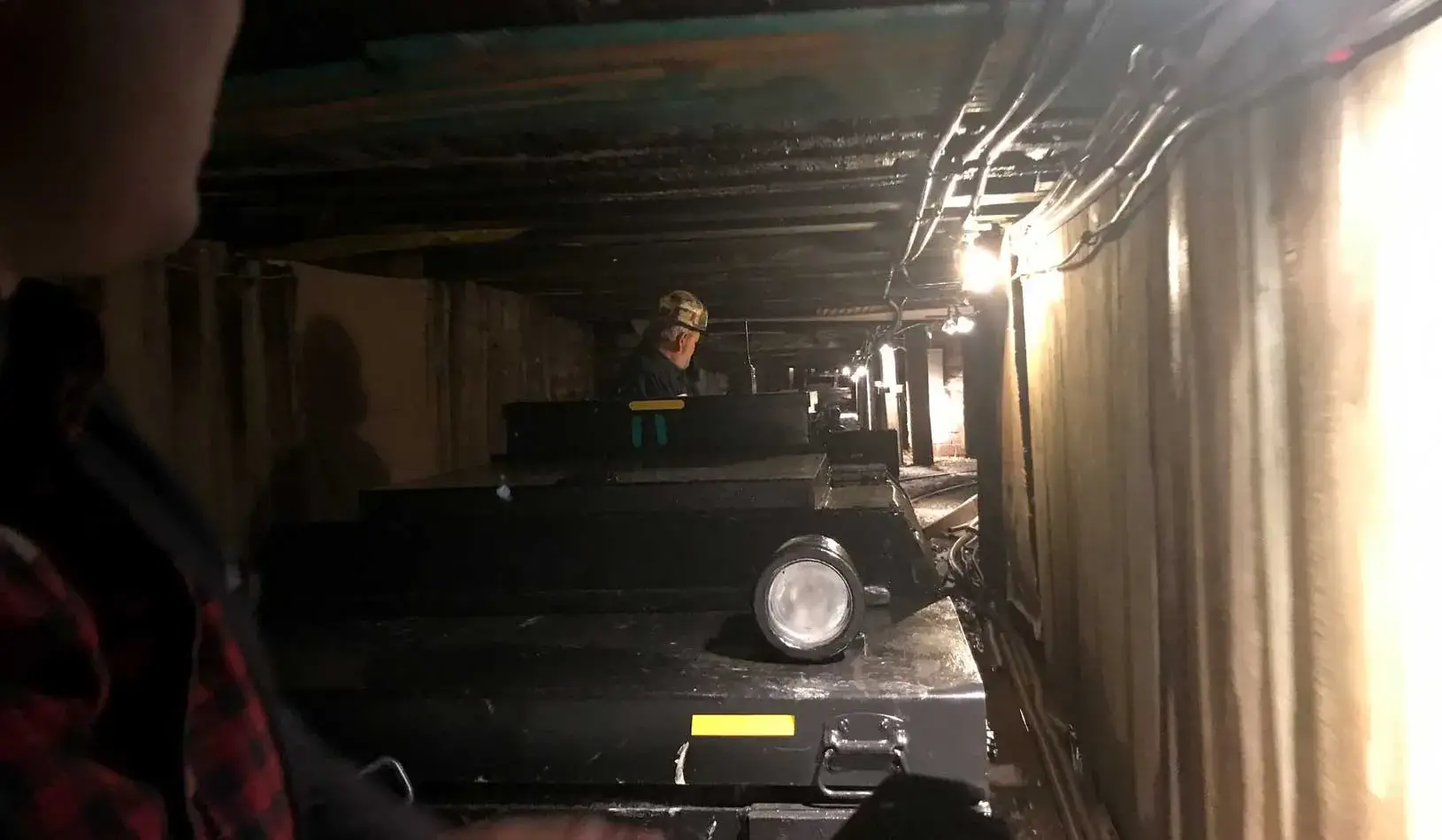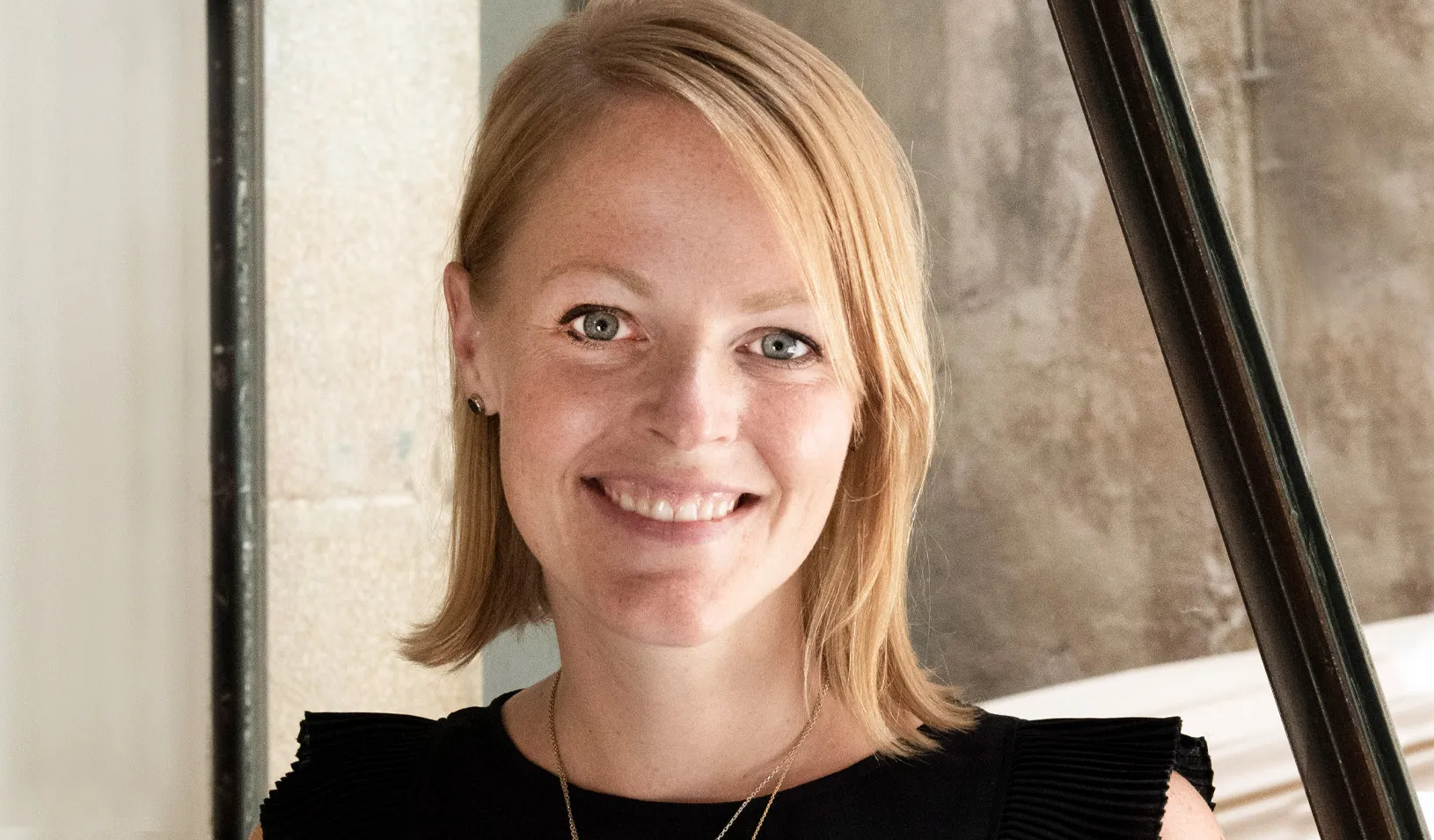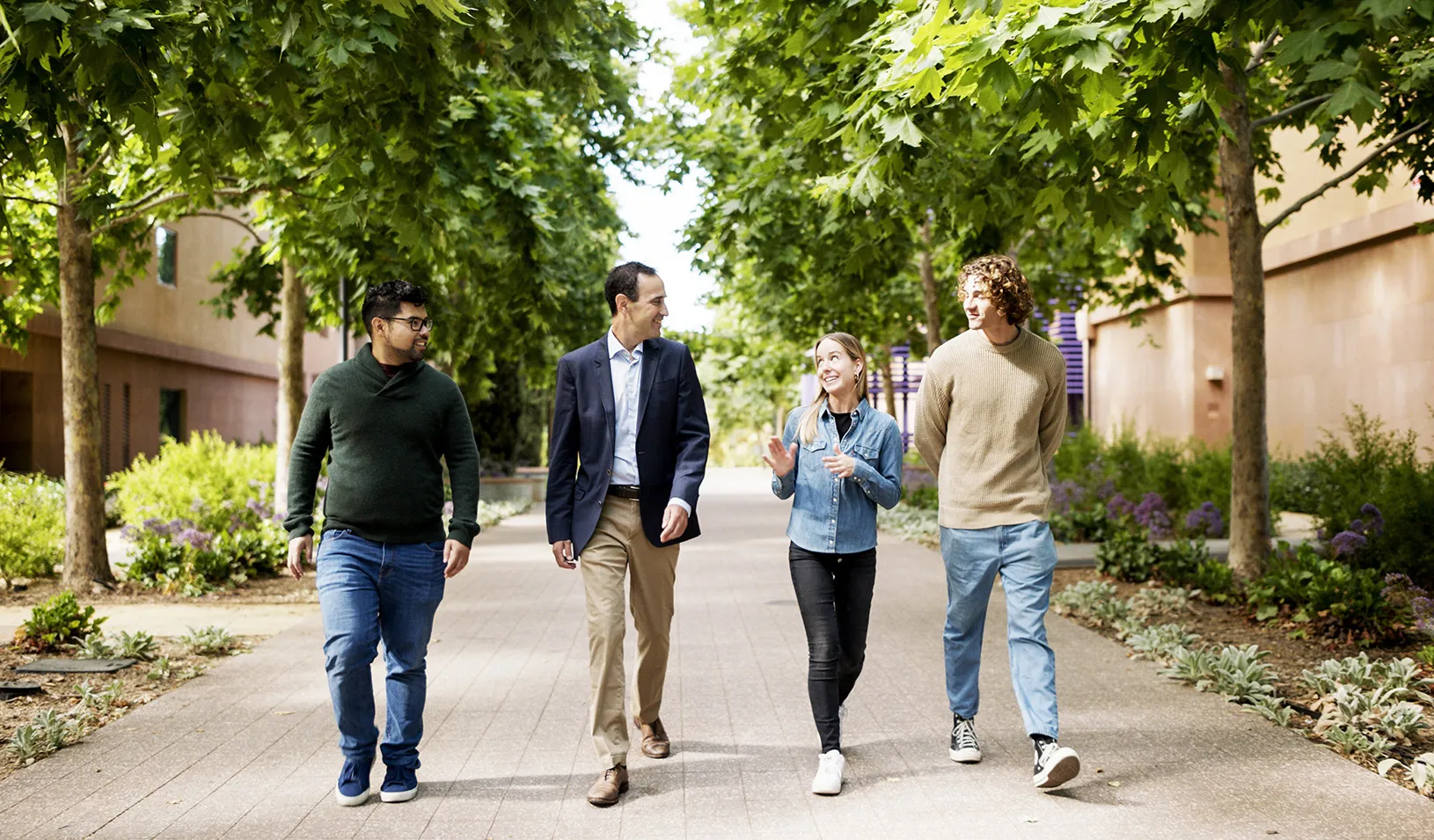Understanding Economic Growth in the U.S Beyond the Coasts
Matt Mascioli, MBA ’17, co-led international students to Midwestern and Southern states, where they met people hard at work on the Rust Belt’s problems.
October 24, 2017
View of downtown Pittsburgh from the Duquesne Incline. | Randall Spock, MBA ‘17
Instead of going to an international location for the Global Study Trip he co-led this year, Matt Mascioli, MBA ’17, designed a trip to take other students to his native West Virginia. After leading an earlier study trip to Seoul, South Korea, and Shanghai, China, he led this second trip to several Midwestern and Southern states in the U.S., primarily for international students.
“People wanted to get a sense of the places of the U.S. that you don’t typically see on the coasts,” Mascioli says.
That meant gaining an understanding of both the people and the economics of places like Detroit, Michigan; Pittsburgh, Pennsylvania; and Charleston, South Carolina; as well as more rural places in West Virginia and North Carolina.
“There’ve been severe economic shocks, and the question is, how do you move forward from here to try and revitalize the locations where people currently are?” Mascioli says.
Touring an underground coal mine in West Virginia. | Eli Bildner, MBA ‘17
He and his group met with John Deskins at West Virginia University and Stephen Spence at West Virginia’s Department of Commerce, two of the leading economic thinkers in the state, to learn about their perspectives. Local problems can seem intractable to outsiders, Mascioli says, but “there really is a lot of emphasis and time and resources and smart people devoted to thinking about what is the economic future of that region.”
That was a major theme of the trip, and a significant takeaway for Mascioli.
“I think the greatest surprise for me and for most participants was that by and large, most people [managing local economies] do have a cohesive, understandable narrative as to what they believe, what they do, what their history has been, and why it’s led them to where they currently are,” he says. “It’s easy to assume from the outside that there’s zero rationale about how people are thinking. But once you’re on the ground and get to know people and organizations, oftentimes, it makes a lot more sense.”
Razing as a Path to Rebuilding
Mascioli looks forward to following the future of the regions in the Rust Belt his group visited, particularly Detroit. While meeting with the jobs and economy team in the Detroit mayor’s office, they learned that conversations are currently underway about what to do with the city’s geography, given that Detroit has lost so much of its population over the past 10 years. The city is demolishing the 100,000 vacant lots that are in its possession, and there are plans to turn the lots into urban open spaces, while targeting the most vibrant areas of the city for extensive economic development.
Trip participants gather around a cabin firepit on their last night in West Virginia. | Eli Bildner, MBA ‘17
Beyond gaining intellectual insights, Mascioli says he learned just how important group dynamics are to the success of such a trip. The 18 participants spent nearly 24 hours together in cars over the course of eight days. While Mascioli says that was a challenge, it helped them become a tight-knit group.
“It’s a tremendous opportunity to lead peers into a place that most of them have never been, and to lead them in learning from a different perspective,” Mascioli says.
About Global Study Trips
As part of Stanford GSB’s Global Experiences requirement, students can go on intensive eight- to 10-day trips to countries with which they are not familiar, to critically examine a challenging global business issue. These trips also provide leadership opportunities for the second-year MBA students who act as the management teams. Student leaders pitch the destination and theme; design an itinerary of locations, meetings, and cultural activities, carefully curated to help participants gain a nuanced understanding of the trip theme and central questions; and prepare pre-trip education sessions.
This series looks at the experiences of the Global Study Trip student leaders while tackling questions of economic growth, innovation, and business opportunity around the world, and reveals what they learned about management.
— Katharine Schwab
For media inquiries, visit the Newsroom.
Explore More
Erin Nixon Joins Stanford GSB as Assistant Dean of Admissions

Nia Rose Froome, MBA ’23: Making Local, Fresh Food Available for All

New Research Fund Promotes Responsible Leadership for the Next Century
